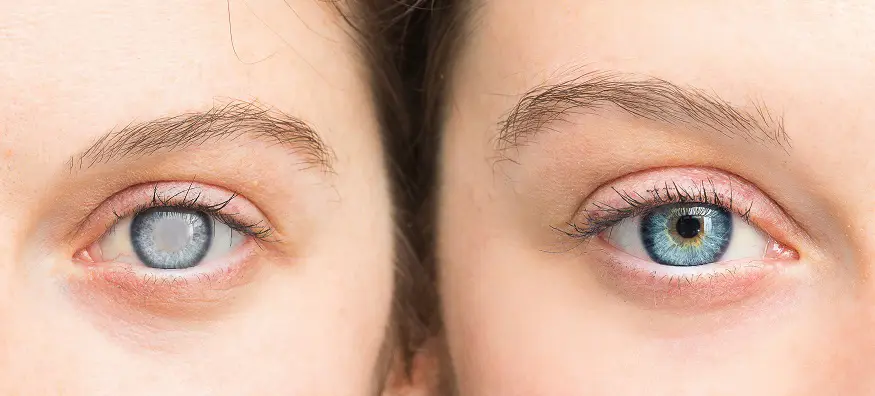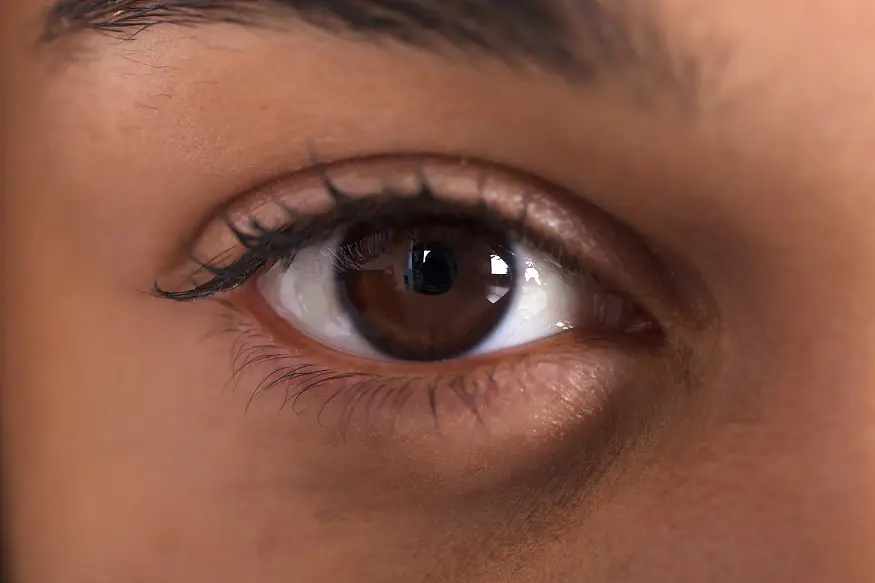
People are living much longer these days, which is great! However, it also means that more of the population is affected by age-related conditions. Cataracts mainly affect those over the age of 40, but anyone can develop them. Some babies are even born with this condition, which is known as congenital cataracts. Cataracts are one of the leading causes of blindness; although its progression cannot be slowed or prevented, it can be corrected once formed.
What are cataracts?
Cataracts are formed when the lens, a small transparent disc inside your eye, develops cloudy patches. Over time these patches usually become bigger, causing blurry, misty vision and eventually blindness. Cataracts usually appear in both eyes. They may not necessarily develop at the same time or be the same in each eye.
What are the symptoms of cataracts?
Below are the symptoms you can experience with cataracts:
- Cloudy vision – small parts of your vision may start to cloud. As the condition progresses, the cloudy parts of your vision will get bigger
- Difficulty seeing at night
- Halos and glare
- Sensitivity to light – this can also cause headaches
- Colours look faded
What’s it like living with cataracts?
Those with advanced cataracts will find it more challenging to get through certain tasks. Reading as well as driving, walking and even navigating the outside world in general can become near impossible. This can have a huge impact on confidence and independence.
Can you cure cataracts?
Fortunately, cataracts are a treatable condition and can be corrected with surgery. During cataract surgery, your doctor will remove the cloudy lens and replace it with an artificial lens (an intraocular lens implant). Recovery typically lasts 4-6 weeks.
At what point should a cataract be removed?
An optician will do a series of eye tests, including a visual acuity exam, which measures how well you see at various distances. If the optician thinks you have cataracts they may refer you to an eye specialist (ophthalmologist) for more tests and treatment.
Disclaimer: The advice and suggestions in this blog are for informational purposes only and are not a substitute for medical care. Before trying any products or remedies, consult with an eye care professional. See our Editorial Policy for details on how we review our blog.








































